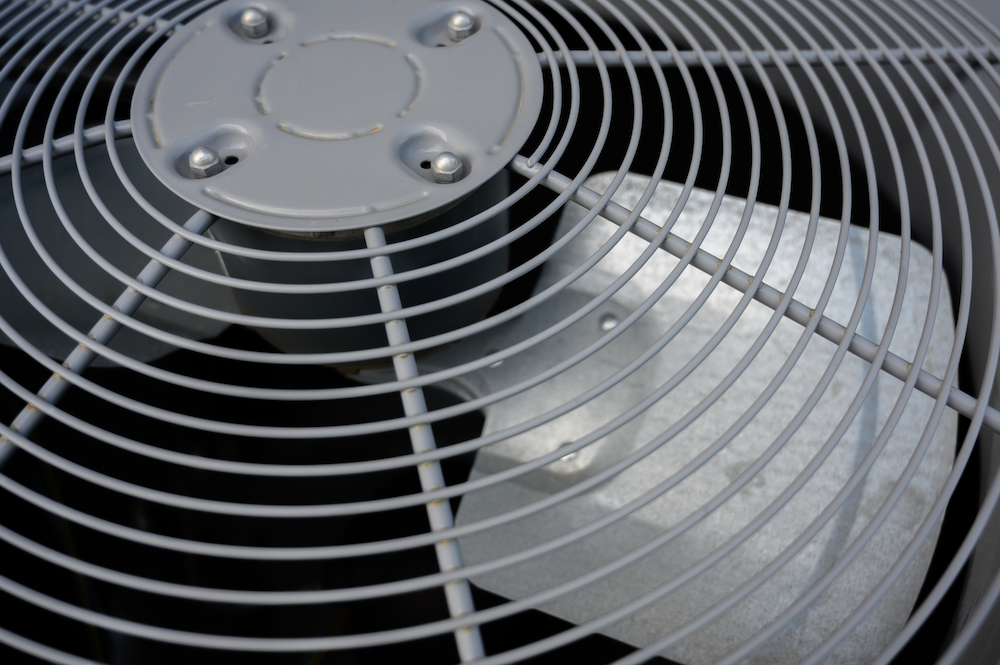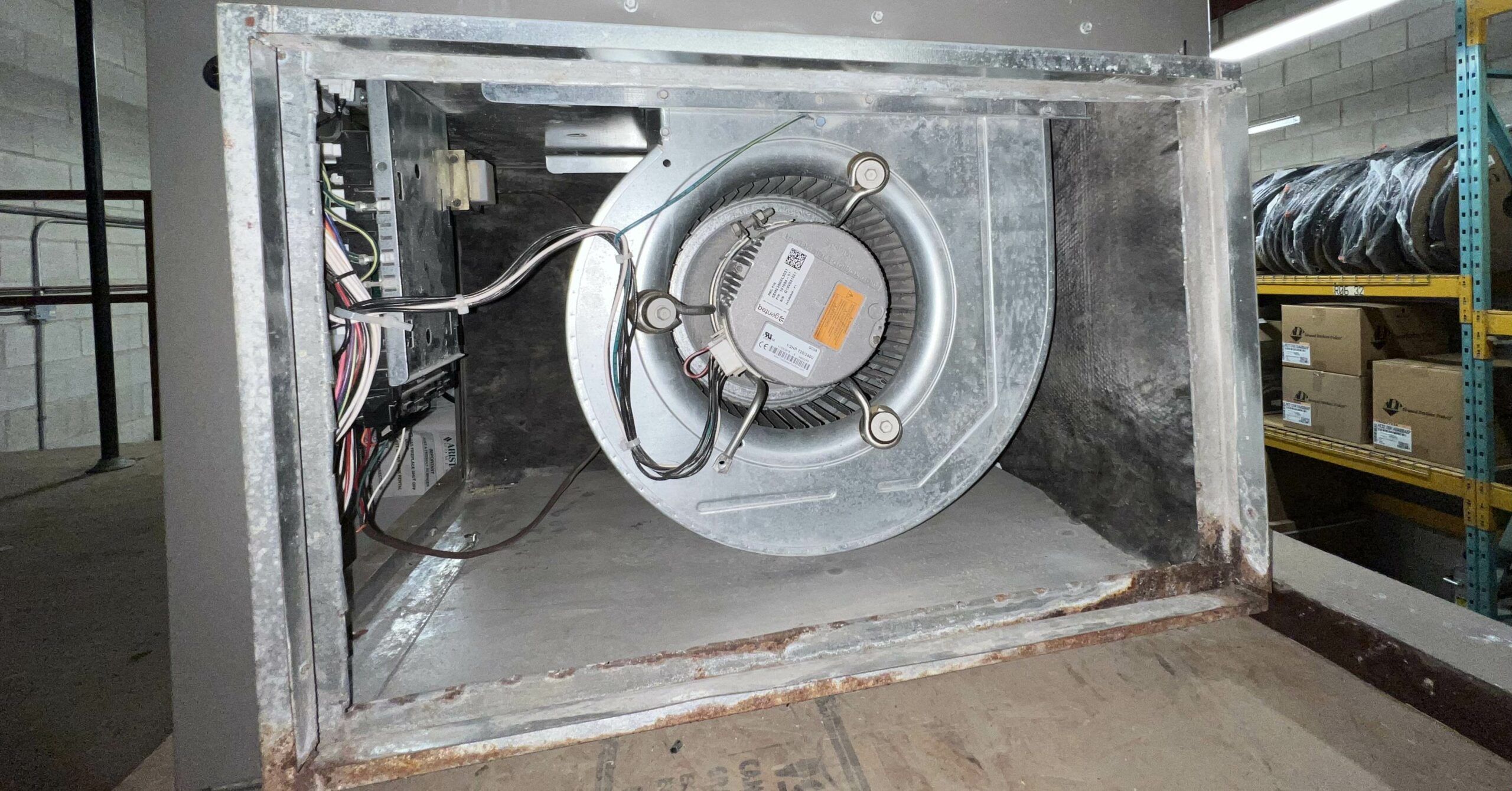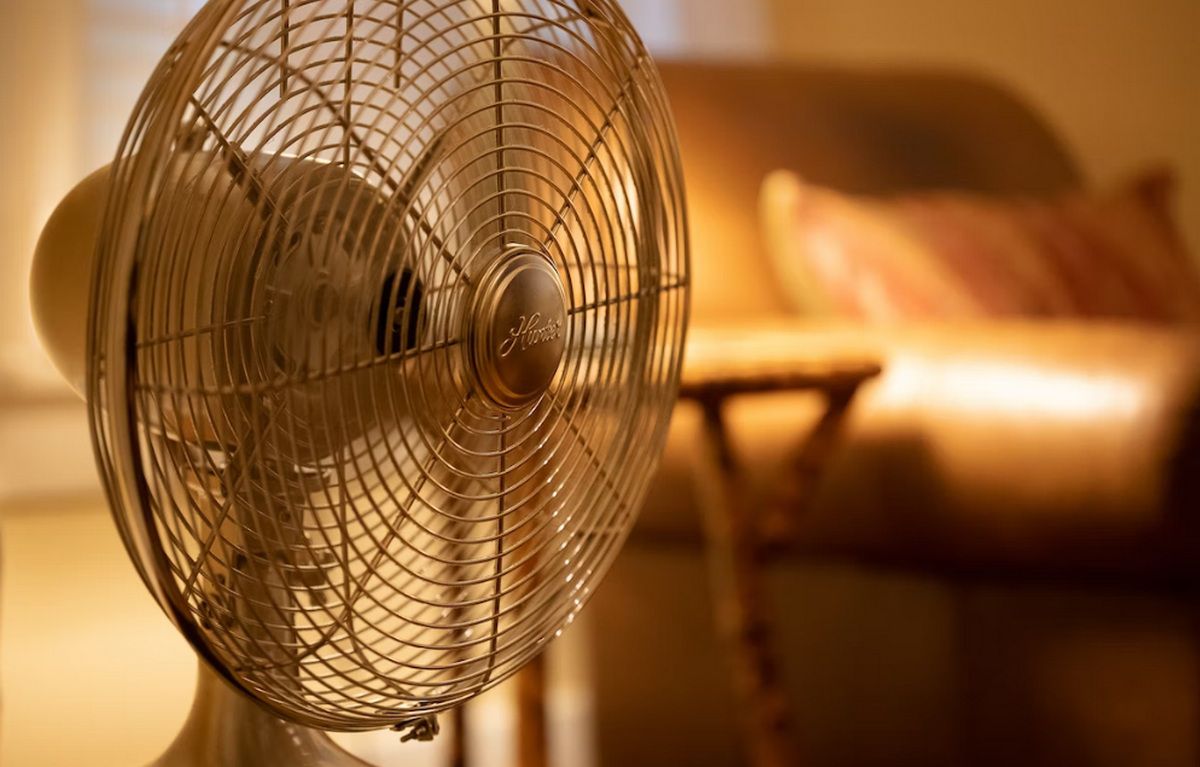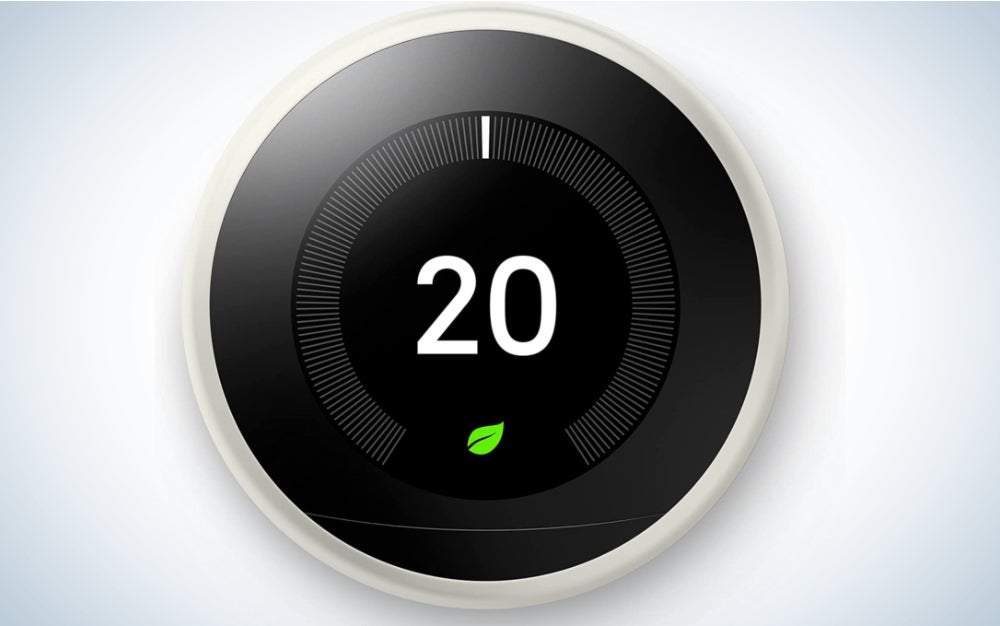
18 Jan How Often Should I Run My Furnace Fan?
Deciding how often to run your furnace fan can be tricky for homeowners. Running your fan constantly keeps air circulating in your home but can use more energy. Running it too little can leave your house stuffy or allow temperature imbalances. So, what’s the right furnace fan runtime to balance comfort, indoor air quality, and operating costs? I’ll cover that in detail here.
What Does Your Furnace Fan Do?

First, let’s review what your furnace fan does. This fan is part of your home’s HVAC system. It’s not the same as a ceiling fan or floor fan you might have for air circulation. Running furnace fan continuously in winter can have both benefits and drawbacks. On the positive side, it helps distribute heat evenly throughout your home, ensuring a consistent temperature. However, it’s essential to consider energy consumption and potential wear on the fan motor.
The furnace fan is a blower motor located in the plenum of your furnace. Its job is to circulate air in your home. It pulls air in through your home’s return ducts, past your furnace’s heat exchanger, and then pushes it out through the supply ducts into each room.
Running this fan serves a few purposes:
- Circulates heated or cooled air to regulate temperatures
- Evens out temperature differences between rooms
- Improves air quality by filtering and circulating air
- Provides continuous ventilation
- Helps humidify or dehumidify the air
So, by running your furnace fan, you’re ensuring your HVAC system can provide heating, cooling, ventilation, and comfort. But running it too much can waste energy while running it too little reduces its benefits.
Furnace Fan Operation Modes
Furnace fans can run in different modes, which impacts how often they operate:
Continuous or “On” Mode
In continuous mode, the fan runs non-stop, 24/7. This provides maximum air circulation. It also lets your furnace respond quickly when heating or cooling is needed. The downside is it uses the most energy of any mode.
Automatic or “Auto” Mode
In automatic mode, the fan only runs when your furnace is heating or cooling your home. For example, when your thermostat calls for heat, the fan turns on to circulate that warm air. When the thermostat is satisfied, the fan shuts off again.
Intermittent Mode
Intermittent mode cycles the fan on and off at set intervals, usually around 15-30 minutes per hour. This provides better air circulation than auto mode while using less energy than continuous mode.
Factors That Impact Optimal Fan Run Time

Several factors determine how often you should run your furnace fan for your specific home:
1. Home Size
Larger homes need more air circulation from the fan. Longer run times help reach all areas of a spacious home. Smaller homes may not benefit as much from continuous operation.
2. Number of Levels
Multi-level homes can suffer from temperature imbalances between floors when air isn’t well circulated. Running the fan more often helps balance temperatures. Single-story homes have less need for constant circulation.
3. High Ceilings
Homes with high or vaulted ceilings also need better air mixing. Warm air rises and gets trapped at higher ceilings without sufficient airflow. Frequent fan cycling helps redistribute this air.
4. Remodeling or Addition
Airflow patterns may have changed if you’ve recently remodeled or expanded your home. This could create hot/cold spots that require adjusted fan runtimes.
5. Outdoor Climate
Running your fan more in hot or cold climates brings in beneficial outdoor air for cooling or heating when needed. Mild climates need this less.
6. Indoor Air Quality Needs
Frequent fan operation filters and circulates your indoor air. This can help reduce dust, dander, VOCs, and other pollutants. More air circulation is better if you have asthma, allergies, or other air quality concerns.
7. Humidity Levels
Running your fan helps control humidity indoors by moving air through the A/C coil. In humid climates, longer run times aid dehumidification. In dry climates, this is less critical.
8. Home Occupancy
More people means you need more fresh air circulation. Adjust fan run times upward if larger families or groups frequently occupy your home.
9. Pets or Smokers
Pets and smoking can negatively impact your indoor air. Running the fan often helps filter out dander, odor, and smoke particles.
Recommended Furnace Fan Run Times
Given all these factors, what’s the recommended furnace fan runtime for typical homes? Here are some general guidelines:
- Small, single-story home: 6-8 hours per day
- Medium-sized two-story home: 8-12 hours per day
- Large two-story or split-level home: 12-16 hours per day
- Large two-story home in hot/humid climates: Up to 24 hours per day
An intermittent fan schedule is ideal for most homes to maximize benefits while minimizing energy use. For example:
- 15 minutes per hour from 7 AM to 10 PM
- 10 minutes per hour from 10 PM to 7 AM
This provides frequent air circulation when your home is occupied while cutting back at night. Adjust times as needed for your schedule.
During extreme weather, run times can be increased. For example, run the fan continuously for a few days during prolonged hot and humid periods to improve comfort.
Fan Run Time Impacts

What are the potential good and bad impacts of different furnace fan run times? Here are the primary considerations:
Benefits of Longer Fan Runtimes
- More consistent temperatures throughout the home
- Reduced hot and cold spots
- Better air filtration
- Enhanced humidity control
- Improved indoor air quality
- Quicker response when heating or cooling is needed
Downsides of Longer Run Times
- Increased energy consumption
- Higher electricity bills
- Excessive drying of wood furnishings
- More dust and dirt drawn into filters
- Potential for freezing coils in cold weather
Benefits of Shorter Fan Runtimes
- Lower electricity usage
- Reduced wear and tear on the furnace
- Less cycling means a longer furnace lifespan
- Avoid freezing coils in winter
- Less dust buildup in filters
Downsides of Shorter Run Times
- Stagnant or stuffy air in some rooms
- More considerable temperature variances throughout the home
- Reduced ventilation and air filtration
- Slower response when heating or cooling is needed
Tips for Optimizing Furnace Fan Runtime
Here are some tips to help optimize your furnace fan operation:
- Adjust settings seasonally – Use longer run times in summer and winter. Reduce times in fall and spring.
- Cycle at night – Don’t run continuously unless needed for comfort.
- Check your filters monthly – Long run times mean more frequent filter checks and changes.
- Consider a whole-house humidifier – It adds moisture without requiring as much fan operation for humidity control.
- Ensure adequate return air – This allows air to circulate freely without the fan working harder.
- Perform regular maintenance – Replace filters, clean coils and vents, and lubricate motor bearings to improve efficiency.
- Seal air leaks – This allows indoor air to circulate better without escaping through leaks.
- Insulate well – This reduces spots that get too hot or cold, needing extra air mixing.
- Ceiling fans can supplement air circulation, so the furnace fan doesn’t need to run as often.
- Upgrade if needed – Consider a newer, variable-speed furnace fan for efficiency and options like humidification control.
Signs Your Furnace Fan Runtime May be Insufficient
Watch for these signs that your furnace fan operation needs adjustment:
- Uneven room temperatures
- Cold/hot spots in remote rooms
- Stuffy, stagnant air
- Lingering odors or pollutants
- Increased dust or humidity levels
- Longer run times for A/C or heat
- Shorter furnace equipment lifespan
- Frequent calls for service due to frozen coils or other issues
Make gradual adjustments to fan run times and modes to see if problems improve. Keeping an HVAC logbook can help you find optimal settings over time.
Smart Technology for Automated Control

Advanced thermostats like Ecobee and Nest have settings to automatically control furnace fan runtimes based on your home’s conditions and usage patterns. Smart sensors measure temperature and occupancy room-by-room. Algorithms self-adjust fan run times for comfort and efficiency.
Smart thermostats can also integrate with other smart home devices. For example, a ventilation system or dehumidifier can automatically turn on when sensors show indoor humidity rising.
This technology lets your HVAC system respond to your home’s needs, optimizing furnace fan runtimes and overall performance. The convenience may be worth the upgrade cost in some homes.
Signs Your Furnace Fan is Running Too Much
On the other side, you may be dealing with issues from excessive furnace fan operation:
- Higher than expected electricity bills
- Furnace cycling on and off more frequently
- Premature furnace failure or need for repairs
- Excessive noise or vibration from the furnace
- Dust buildup on walls, vents, registers
- Furniture drying out excessively
- Frequent freezing of outdoor A/C coils in winter
- The thermostat is set to “On” instead of “Auto.”
- Poorly insulated ductwork losing heated/cooled air
If you notice one or more of these issues, reduce your furnace fan runtimes. For example, switch from continuous operation to an intermittent schedule of 15 minutes per hour. Or reduce the fan speed if possible.
Monitor your home’s comfort and indoor air quality closely when making changes. You want to find the sweet spot that provides sufficient air circulation without overworking your HVAC system. It may take some trial and error to hone in on the ideal furnace fan settings.
Furnace Fan Troubleshooting
If you’re having specific issues with your furnace fan operation, here are some troubleshooting tips:
The fan won’t turn on at all:
- Check circuit breakers/fuses
- Inspect wiring connections
- Test switch on the motor
- Replace motor capacitor
Won’t shut off:
- Check wiring
- Clean/replace air pressure switch
- Repair short in motor
Fan cycles on and off:
- Motor overheating – clean blades and coils
- Defective motor/capacitor
Noisy fan operation:
- Adjust fan belt tension
- Lubricate/replace motor bearings
- Clean debris from blades
- Check mounting bolts
- Replace unbalanced blades
Insufficient air circulation:
- Balance/adjust air registers
- Check filter status
- Ensure vents unobstructed
- Verify ductwork is intact and sealed
If issues persist after troubleshooting, contact an HVAC technician for further diagnosis and repairs.
FAQs
How much electricity does running my furnace fan continuously use?
A typical 1/2 horsepower furnace fan motor running non-stop uses 400-800 kWh monthly, costing $40-80 extra in electricity.
Will running my furnace fan help cool my house in summer?
Continuous fan operation circulates cooler air from your home’s lower levels to help remove heat. But only run it continuously during hot periods or when the house is occupied.
Can I change the furnace fan speeds?
Variable-speed fans allow speed adjustment. Otherwise, you’ll have to replace the motor. Lower speeds use less energy but reduce air circulation.
Will running the fan in winter help eliminate cold floors?
Forcing air circulation can prevent cold air from settling in certain rooms. But don’t overdry your home’s air in winter.
How can I make my furnace fan quieter?
Clean debris/dust buildup from blades, lubricate motor bearings, adjust belt tension, tighten mounting bolts, and replace unbalanced blades or faulty motors.
Key Takeaways on Optimizing Furnace Fan Runtime
- Consider home size, layout, and other factors when setting fan runtimes
- Use automatic settings to cycle the fan on and off intermittently
- Run fan longer in summer and winter, reduce in fall/spring
- Monitor humidity, dust, and indoor air quality
- Adjust settings gradually to find the optimal balance
- Use innovative technology for automated, customized control
- Troubleshoot specific furnace fan issues as needed
Finding your ideal furnace fan operation schedule takes some trial and error. But optimized run times will balance comfort, efficiency, equipment life, and indoor air quality. Regular adjustments to accommodate seasonal changes and evolving needs are essential for maintaining optimal performance in your HVAC system, including the various components of the heater core.

Sorry, the comment form is closed at this time.